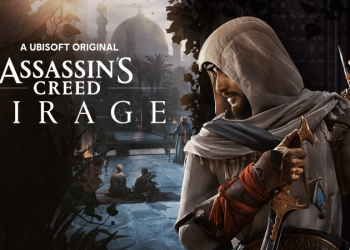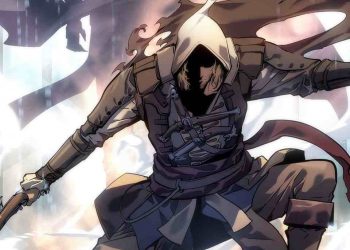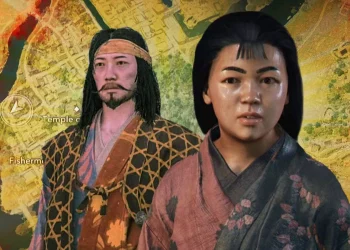Players will encounter numerous opponents in the dark and violent world of Assassin’s Creed Shadows who may be motivated by loyalty, power or madness; yet among all of them one figure stands out: Ademar.
Kabukimono leaves more questions than answers behind him – from his mysterious clothing and theatrical mannerisms, to his seemingly timeless speech patterns – than answers. Not a warlord or templar agent and certainly no identified target, players cannot shake him from their attentions – yet players cannot escape his presence: who exactly is this Kabukimono and why does he follow you around?
To get an answer, we must go beyond gameplay mechanics and examine Japan’s vibrant – yet often tragic – history.
To form your own theory about him – to follow his journey, observe his behavior, and see every stage on which he performs – it will require tracking him down. Luckily, someone has already made this easier than ever by documenting all his appearances in one place. For your own research purposes, visit this guide:
The Historical Roots of the Kabukimono
“Kabukimono” (傾奇者) refers to an elite subset of individuals active during the late Sengoku and early Edo periods of Japan. These individuals, mostly former samurai without masters (ronin), became known for their vibrant fashion with bright colors, exaggerated hairstyles, European accessories and unruly, sometimes violent behavior that flouted social codes of their day while disobeying strict social codes that defined that period – defying strict performance expectations as well as defiance or provocation of social codes set by society that time.
Some historians see them as precursors to the yakuza; others view them as cultural outliers whose rebellion was more artistic than criminal. Either way, their image has persisted throughout Japanese media–from kabuki theater and anime films to videogames like Assassin’s Creed.
Kabukimono draws heavily from this archetype in-game. His clothing, combat style and cryptic dialogue all suggest an unconventional lifestyle of chaos and defiance; yet there’s more than meets the eye here than just an echo from history.
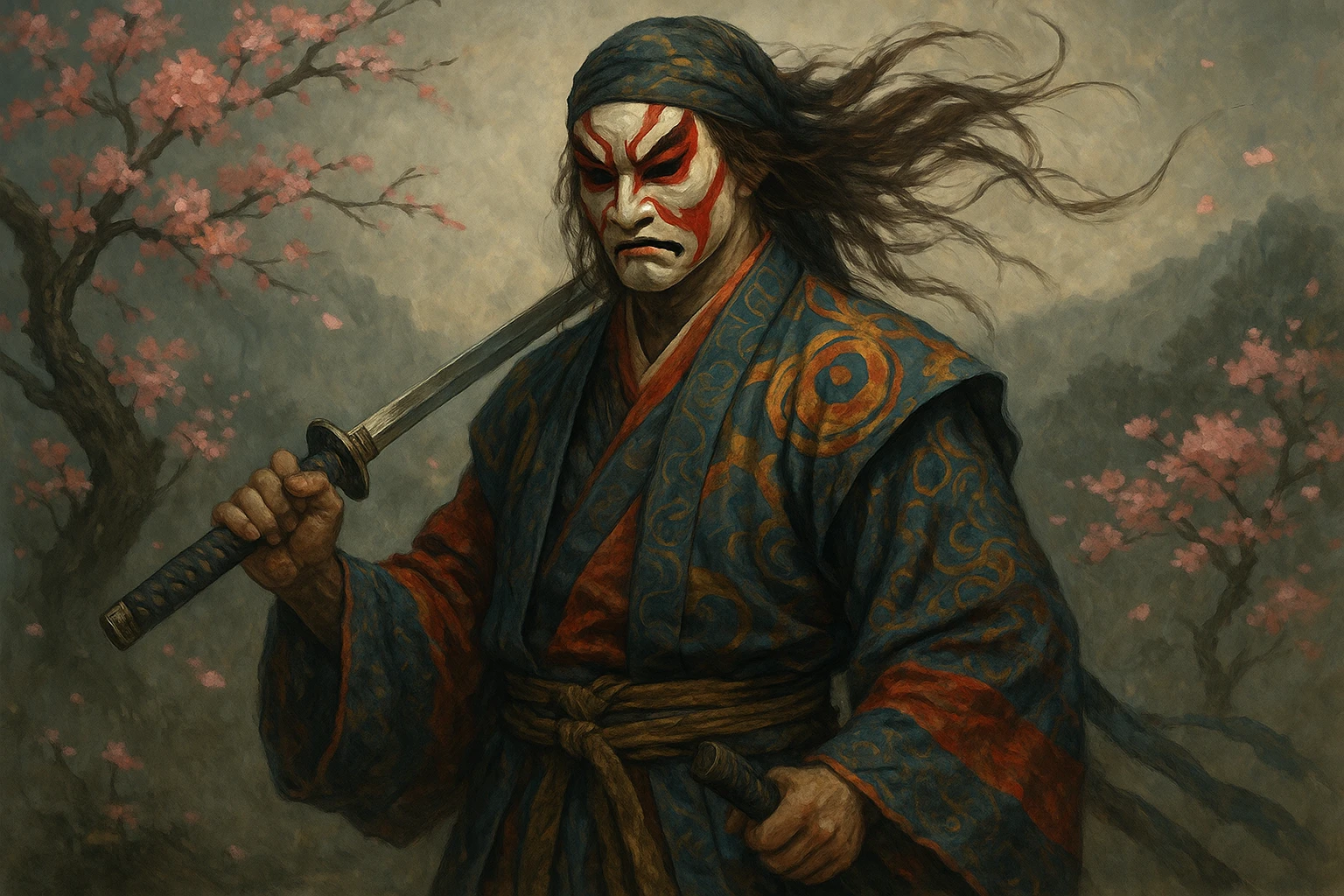
A Ghost or a Man?
When players encounter the Kabukimono for the first time in the game, he acts differently than most enemies: instead of charging at you screaming or calling for reinforcements immediately, he waits patiently until speaking up; his words carry multiple layers of meaning: is he taunting, testing or warning you?
On a world map, he appears in various places – forests, bridges, shrines or cemeteries. Each location seems deliberately chosen for its symbolic weight as if he’s retracing personal history or mourning something lost.
Players have begun to speculate as to whether or not the Kabukimono exists at all, suggesting he could be anything from supernatural presence, like a wandering spirit destined to test warriors forever, to someone deluded who keeps replaying moments from his past life. There’s even been speculation he’s connected with Naoe’s story – perhaps as part of her memories, visions or projections of past sins committed by Naoe’s father’s generation.

The Role of Kabukimono in AC Shadows’ Narrative
Kabukimono’s role as a plot device is outstanding: He serves as a wild card who disrupts the normal rules and destabilizes it – just as Kabukimono disrupted feudal Japan, so too does its in-game version create unexpected enemy encounters and defy expectations of battle outcomes.
He’s unconnected to any questline or requirement for 100% completion; in fact, he’s not even marked on your map! In short, you could complete all three games and never meet him once – or meet multiple times without truly understanding why he exists.
Ubisoft was purposeful in placing Kabukimono outside the standard progression systems; doing so allows him to become something larger: an exercise in curiosity, interpretation, and patience that challenges players while offering rewards to those searching for meaning beyond the main plotline.
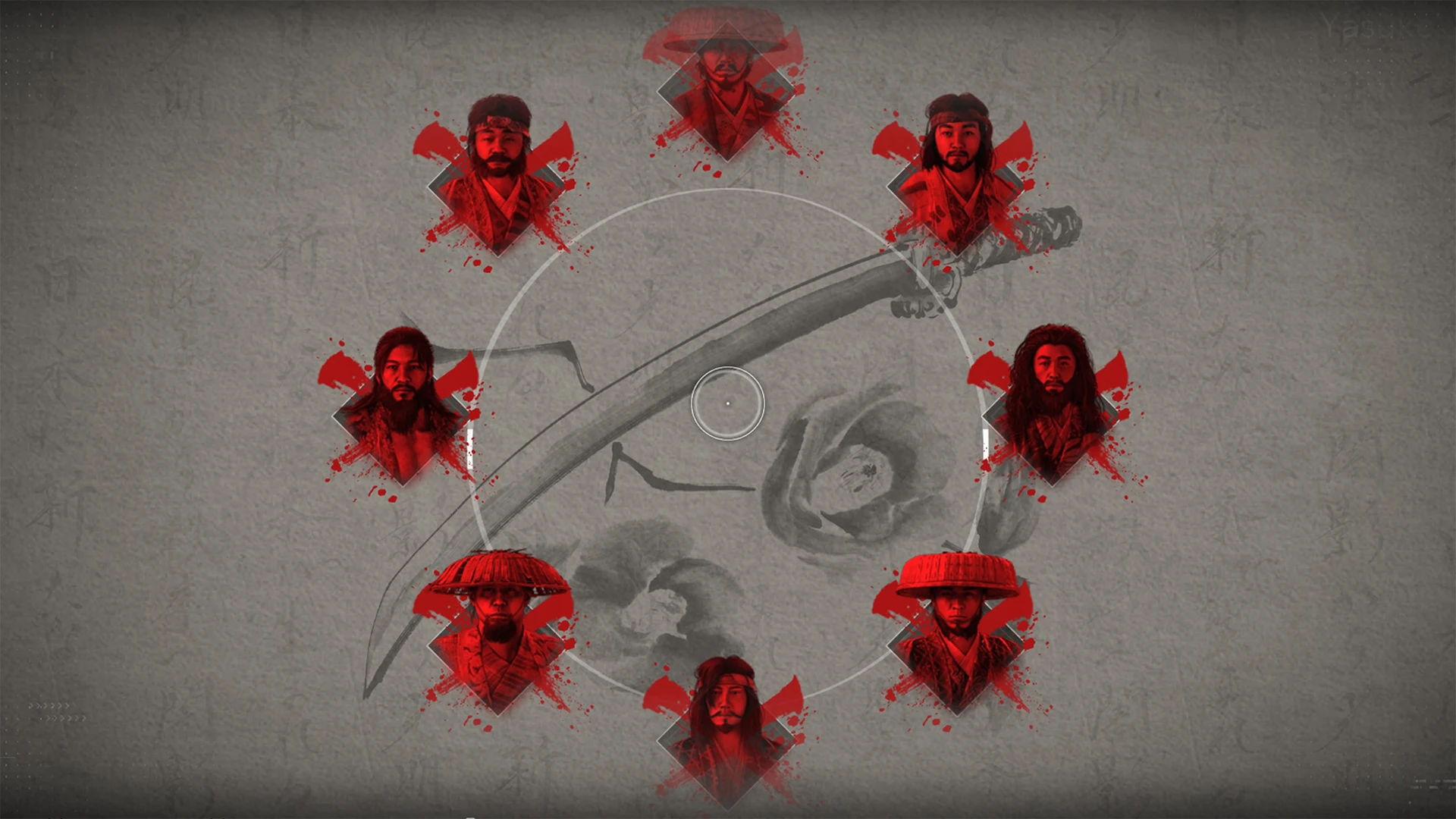
Symbolism and Visual Design
Every detail about a Kabukimono is deliberate: his attire takes cues from traditional Kabuki theater, which derives its performative spirit from historical kabukimono performances; similarly, his face may be covered or painted to symbolize both identities: man and myth, actor and warrior, real and unreal.
His weapons may not be flashy, but his movements are precise, stylized, and almost ritualistic. Fighting him doesn’t feel like fighting a brute — rather, each duel becomes part of an elaborate performance with you serving as unwitting co-star.
Even the environments you meet him in appear staged and almost theatrical. From falling cherry blossoms to mist-covered ruins or on a narrow bridge at sunset, his encounters always feel charged, otherworldly – no accident; as an iconic historical figure and embodiment of what makes Assassin’s Creed so compelling: merging myth, memory and historical reality into an immersive gaming experience.
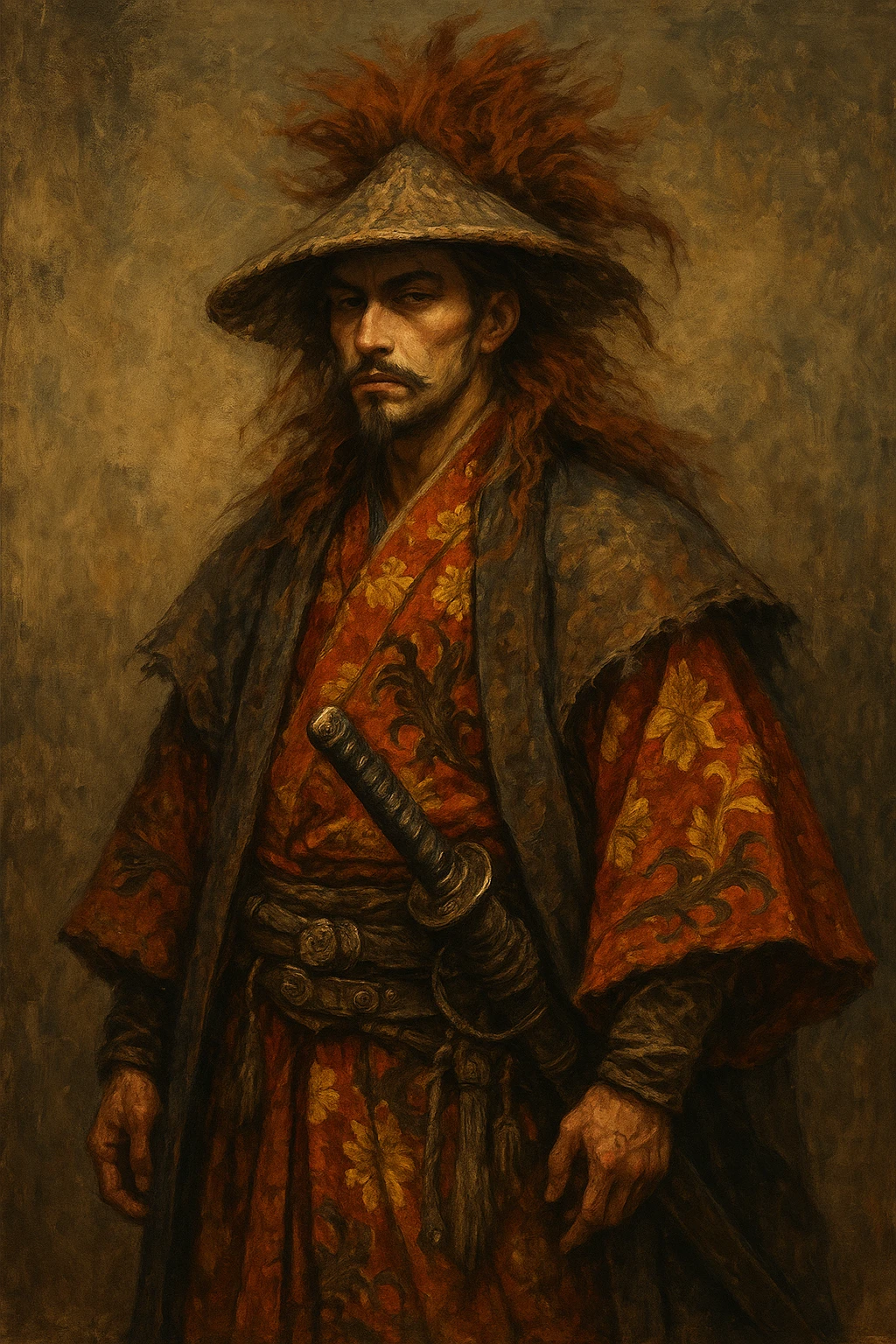
Theories, Interpretations, and Community Buzz
Players across Reddit and forums have shared stories of their Kabukimono encounters, noting his odd behavior such as walking away from combat, disappearing mid-fight or speaking lines that refer to things the player has not yet experienced. Others note his behavior changes depending on whether you play as Naoe or Yasuke.
These inconsistencies spark further speculation. Is he an assassin from an older generation, or perhaps an remnant of the First Civilization? Alternatively, is he simply performing acts of rebellion against an uncaring world?
Ubisoft has been relatively silent about Kabukimono thus far; no developer commentary, lore entries or codex pages have been provided by Ubisoft so far. Kabukimono should be left up to interpretation rather than explanation.
Finding him is only half the battle; rather, understanding why he shows up where he does and what that says about Assassin’s Creed Shadows’ world is also part of it all.


